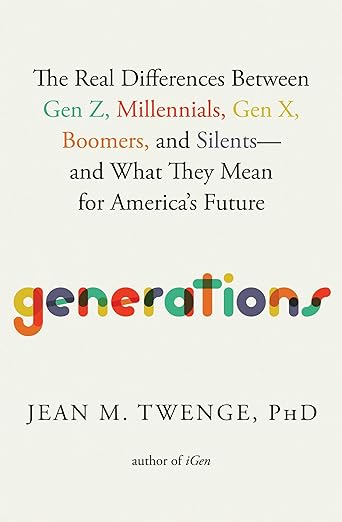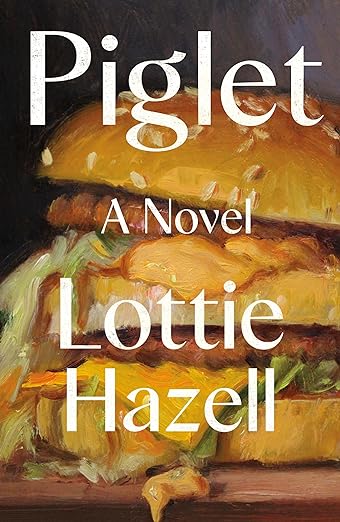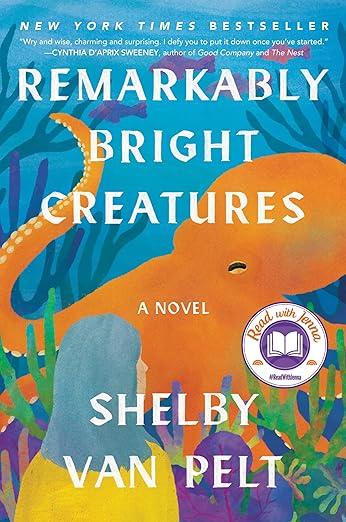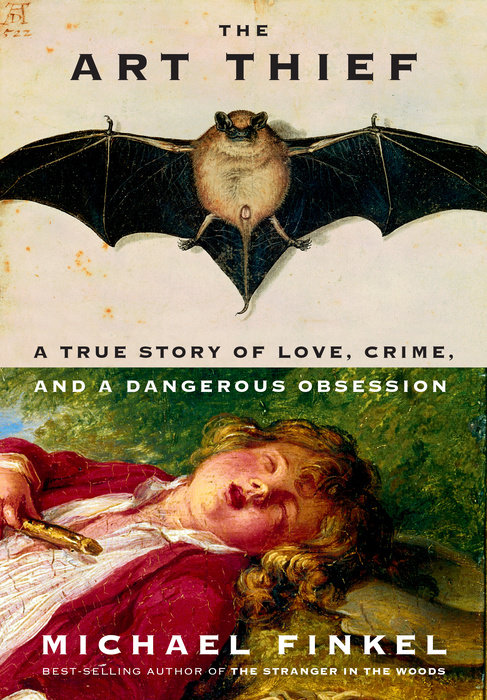A few weeks ago, I wrote about a book called Ms. Hempel Chronicles, by Sarah Shun-Lien Bynum, which was a recent finalist for the PEN/Faulkner award. EDIWTB reader and frequent contributor Nancy West wrote a review of Ms. Hempel Chronicles, and shared it with me for the blog. Thanks, Nancy!
The most interesting thing for me about reading Ms. Hempel Chronicles was that it inspired me to think a lot about the fine balance an author must navigate in creating characters who are unusual enough not to be stereotypes but at the same time familiar enough not to be impenetrable. (Actually, the very most interesting thing for me about reading this book was halfway through when I suddenly realized that when author Sarah Shun-Lien Bynum was in college, she used to babysit for my niece, and I met her at my niece’s second birthday party, but that has little to do with this review.) To be artfully crafted, characters need to be on the one hand wonderfully new and unique; while on the other, we should be able to easily imagine the things they do and the words they say. They are simultaneously original and familiar. A paradox? Yes, but that paradox is what makes for great writing. I’d offer any of Curtis Sittenfeld’s characters in Prep or American Wife as examples. We believe these people, because they seem familiar and real; on the other hand, they’re original enough that we’re always curious about what they are going to say or do next.
There are plenty of characters in contemporary popular fiction who fall into the stereotype category. (Almost any secondary characters created by Jodi Picoult, for example.) Sure, we can picture them, because we’ve run into them a hundred times before, but that doesn’t automatically make for good fiction; we don’t want to read about characters who never ever surprise us. At the other end of the spectrum, however, is Beatrice Hempel of Ms. Hempel Chronicles – I just don’t get her. I just can’t see her or hear her. She’s quirky and interesting, sure, but so uniquely drawn that she doesn’t remind me of anyone I know and I find her inexplicable enough that I don’t really care what she thinks or does.
That said, lots of reviewers love this book, and to once again give Bynum credit for eschewing stereotypes, Ms. Hempel (as she is referred to throughout most of the book) does not remind me of any other teacher protagonists. Her middle-school students really like her, though she doesn’t seem to understand why and as a result neither do I. She likes her profession, but again, I can’t tap into her thinking process. It’s true that Bynum has given us a snapshot of teaching life well beyond the cliché – Ms. Hempel and her peers dance at eclectic bars for Friday afternoon happy hour, take sabbaticals in Yemen, and have flings – but for much of the time I was reading it, I was thinking about recent novels whose teacher protagonists were more interesting to me: Ruth in Tom Perrotta’s The Abstinence Teacher; Alice (actually a school librarian) in the aforementioned American Wife, even Jack in John Updike’s frightening novel Terrorist.
The most engaging and believable scene for me in this novel was the one where Beatrice goes to her family home to celebrate her birthday, visit with her mother and help her much-younger sister write an application essay. Finally, there were actions I could understand and characters I found accessible. Further research into Sarah Shun-Lien Bynum proved to me that she’s getting plenty of acclaim as a young writer – she’s a contributor to the New Yorker, after all — and clearly I am in the minority in not celebrating this book. Thinking about characterization made it interesting for me, though. Where exactly is the fulcrum on which perfectly drawn characters balance between too quirky and too stereotypical?
I remember a reviewer writing about a “Sex in the City” episode several years ago who said about a particular scene, “We wait to see if Miranda will do the Miranda thing.” Frivolous as the example may sound, that sums up my point pretty well. We know what the Miranda thing would be: will she do it? Probably – that’s why it’s called “the Miranda thing” – but not definitely, and therein lies the intrigue. After finishing this book, I still couldn’t tell you what “the Ms. Hempel thing” to do would be.

















About Me
I have been blogging about books here at Everyday I Write the Book since 2006. I love to read, and I love to talk about books and what other people are reading.